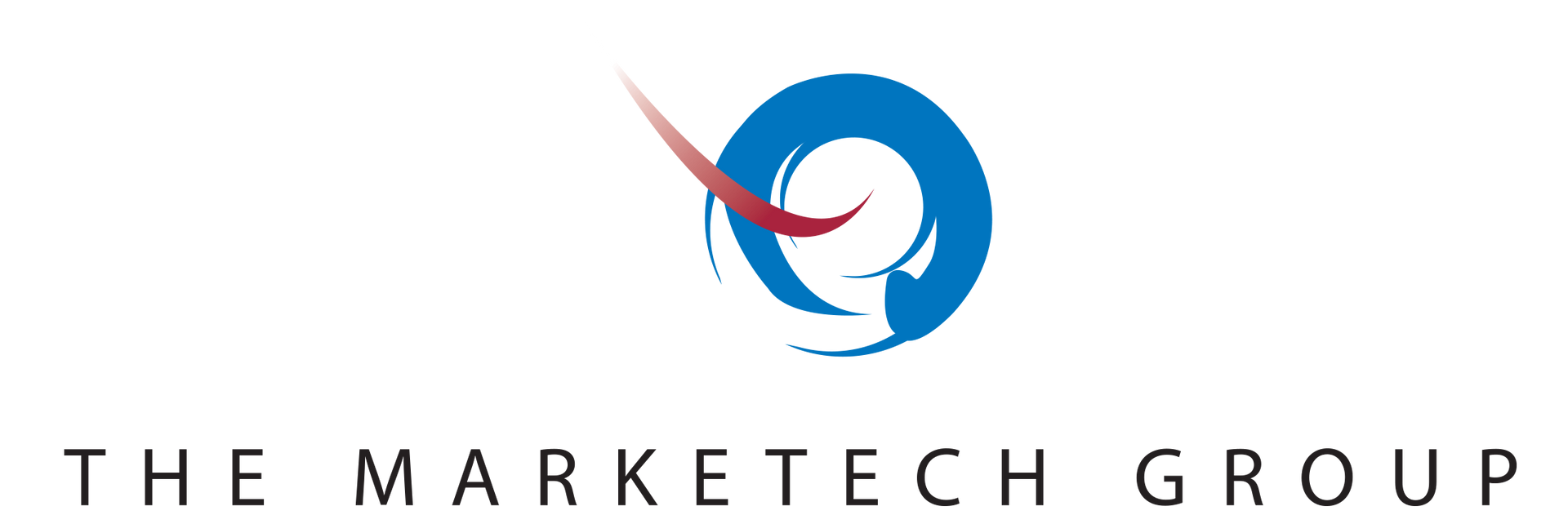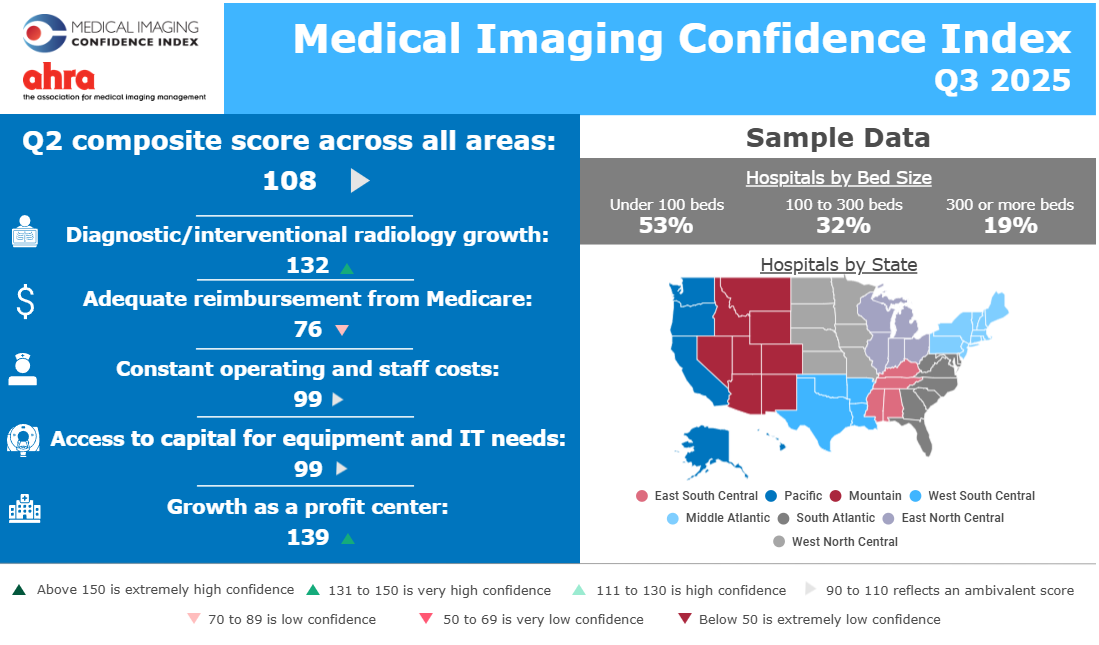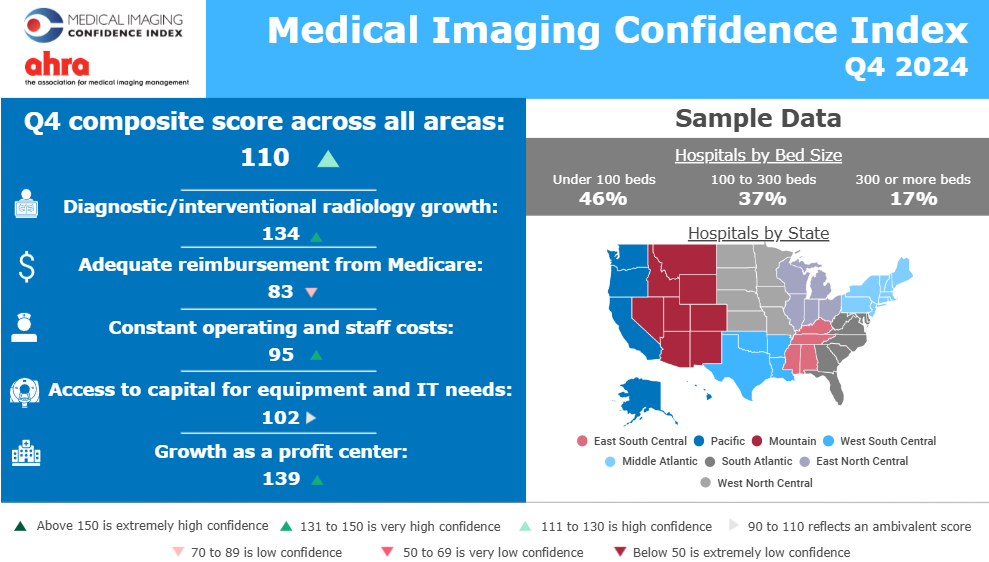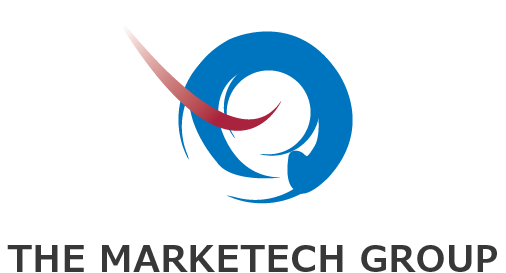ImagePRO Panel speaks on the impact of tariffs.
Share this article:
With ongoing shifts in global trade policy, healthcare providers are facing new questions about the potential downstream effects on capital equipment and operations. For medical imaging departments in particular, tariffs could introduce uncertainty in planning, budgeting, and investment decisions.
At The MarkeTech Group, we wanted to understand whether and how these economic changes might influence the field, we look at three areas of concern: overall sentiment toward tariffs, anticipated changes to capital budgets, and possible strategies departments may consider in response.
96 of our imagePRO™ panel members were asked three questions to evaluate their perception regarding the impact of tariffs.
Capital equipment and IT purchases are always a challenge, with hospitals and health systems looking to modernize and improve patient care. With current high-cost financing options such as bank loans, retained earnings, and grants, organizations must strategically align investments with their clinical and operational goals to ensure sustainability.
Mixed Reactions to 2025 Tariffs Amid Broader Capital Investment Pressures
Capital equipment and IT purchases are always a challenge, with hospitals and health systems looking to modernize and improve patient care. With current high-cost financing options such as bank loans, retained earnings, and grants, organizations must strategically align investments with their clinical and operational goals to ensure sustainability.
Concern over the 2025 tariffs is present, but varies widely among radiology administrators. While only 4% report being extremely concerned, nearly half (45%) fall into the middle categories of being concerned or very concerned. The largest group (32%) is somewhat concerned, suggesting cautious awareness rather than alarm. Notably, 19% are not at all concerned, highlighting that uncertainty around the true impact of tariffs.

High-Volume Imaging Departments Report Greatest Concern Over Tariff Risks
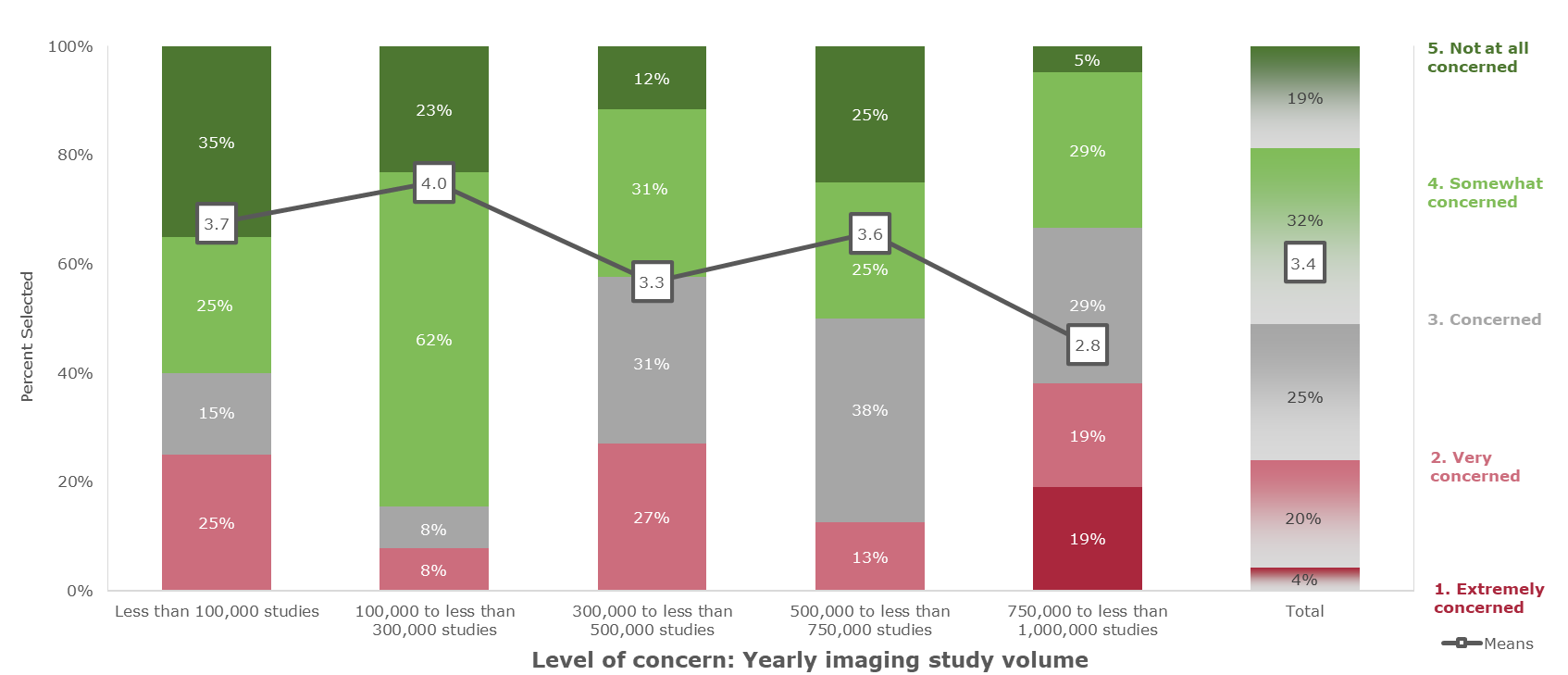
Institutions with 100,000 to less than 300,000 studies annually reported the lowest concern with 62% saying they are somewhat concerned. In contrast, imaging department performing 750,000 to less than 1 million studies expressed the highest level of concern with nearly 40% reporting they are either very or extremely concerned. Interestingly, the smallest-volume sites (less than 100,000 studies) also showed elevated concern, with 25% reporting being very concerned. These findings suggest that both lower and higher-volume imaging department may feel more exposed to tariff-related risks than mid-volume hospitals.
Most Imaging Departments Hold Steady on Capital Budgets Despite Tariff Uncertainty
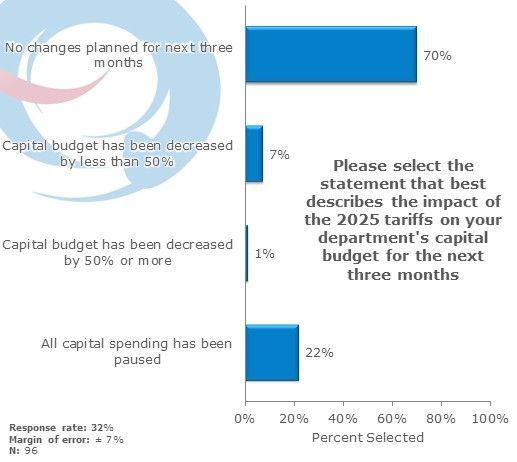
The majority of respondents (70%) report no planned changes to their capital budgets in the next three months, suggesting a "wait and see" approach to the 2025 tariffs. However, nearly a quarter (22%) have already paused all capital spending, indicating that some departments are taking a more cautious approach. Only a small fraction (8%) report budget reductions, with just 1% seeing cuts of 50% or more. Overall, while concern exists, most imaging departments have not yet made significant budgetary shifts in response to the tariffs.
Imaging Departments Largely Hold Position, but Cost-Control Measures Emerge Amid Tariff Concerns
Nearly half (49%) of imaging departments report taking no immediate action in response to market uncertainties driven by the 2025 tariffs. However, 31% have begun implementing cost control strategies, such as hiring freezes or contract renegotiations. Smaller groups are taking more aggressive steps, with 9% adopting a comprehensive strategy similar to their COVID-19 response, and 5% each opting for decreased investment or pausing strategic initiatives. While most are currently in a holding pattern, a meaningful share is beginning to plan or act with caution.
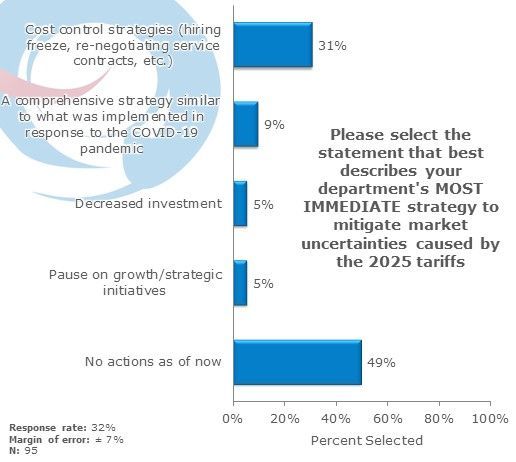
Larger Imaging Departments More Proactive in Navigating Tariff Uncertainty
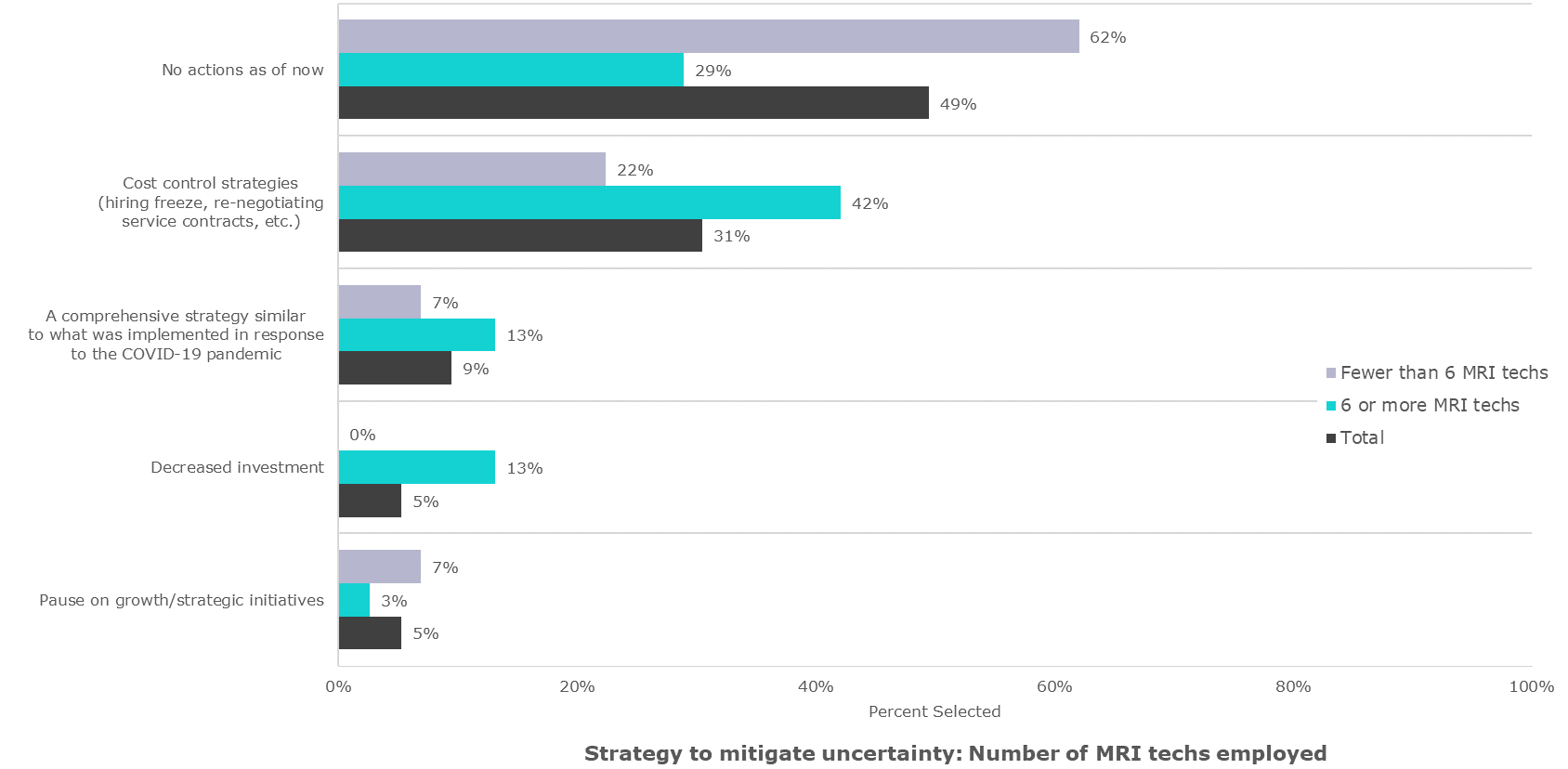
Strategies to address tariff-related uncertainty differ depending on the number of MRI technologists employed. Imaging departments with fewer than 6 MRI techs are much more likely to report taking no action (62%), compared to just 29% of those with 6 or more MRI techs. Larger imaging departments are more proactive, with 42% already implementing cost control strategies such as hiring freezes or renegotiating contracts, compared to only 22% for smaller imaging departments. Additionally, 13% of larger teams are decreasing investment, suggesting they may be more exposed to the financial pressures that tariffs could bring.
